Analysis of Common Causes of Card Cylinder Caused by Heat Pump Compressor
First, the card cylinder phenomenon
Card cylinder definition: It refers to the phenomenon that the relative moving parts can not work due to poor lubrication and impurities due to the operation of the compressor. The compressor card cylinder indicates that the compressor has been damaged. The compressor card cylinder is mostly generated on the bearing and crankshaft friction surface of the relative sliding friction, the cylinder and the lower bearing, the piston and the cylinder friction surface of the relative rolling friction.
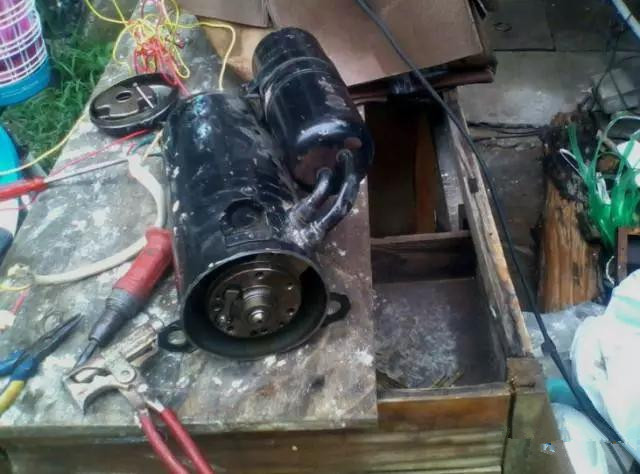
Misjudgment into a card cylinder phenomenon (compressed compressor start): The compressor's starting torque cannot overcome the system resistance and the compressor cannot start normally. When the external conditions change, the compressor may start and the compressor is not damaged.
The conditions for the normal start of the compressor: compressor starting torque> friction resistance + high and low pressure force + rotational inertia force friction resistance: related to the friction between the upper bearing, the lower bearing, the cylinder, the crankshaft and the viscosity of the compressor refrigeration oil.
High and low pressure forces: related to the system's high and low pressure balance.
Rotational inertia: related to rotor and cylinder design.
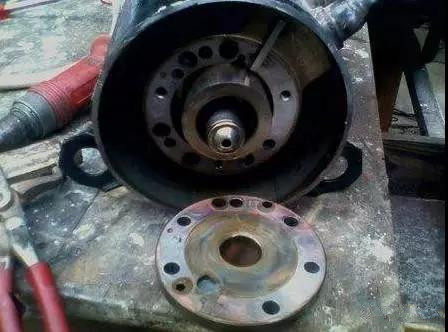
Second, the common cause of the card cylinder
1, the cause of the compressor itself
Poor compressor processing, uneven local stress on the mating surface, or unreasonable processing technology, impurities appear in the compressor production into the compressor interior, this situation is less likely for brand compressors.
Compressor and system adaptability: Heat pump water heaters are developed on the basis of air conditioners, so most heat pump manufacturers use air conditioner compressors. The maximum temperature required for the air conditioning condition is 43 °C, that is, the maximum temperature on the condensation side is 43 °C. At this temperature, the maximum discharge pressure of the compressor generally does not exceed 23 kg/cm2, while the heat pump condition requires the water temperature to be 55. °C, that is, the condensation side temperature is 55 ° C, the maximum discharge pressure is generally 25 kg / cm 2 at this temperature, if the ambient temperature on the evaporation side is 43 ° C, the exhaust pressure is generally around 27 kg / cm 2, which makes the compressor often Under high load working conditions.

Working under high load conditions is likely to cause carbonization of the refrigerating oil, resulting in insufficient lubrication of the compressor and card cylinder. In the past two years, the special compressor for heat pump has been developed. The internal structure of the oil return hole and the exhaust hole are optimized and adjusted. The working conditions of the compressor and the heat pump are more suitable.
2, transportation, handling and other causes of collision
The compressor is a precision instrument, and the pump body is matched with precision. The collision and severe vibration generated during transportation and transportation will cause the compressor pump body to change in size. When the compressor is started or running, the crankshaft drives the piston to a certain position. The resistance increases obviously and finally gets stuck. Therefore, the compressor should be handled from the factory to the assembly, from the host to the warehouse, from the agent to the user, and should be handled with care to avoid the compressor. Collision, rollover, recumbent, etc., according to the relevant regulations of the compressor manufacturer, the handling tilt should not exceed 30.
3. Reasons for installation and use
For the air conditioner and heat pump industry, there is a three-point quality. The seven-point installation says that although it is exaggerated, it is enough to explain the impact of the installation on the host. The horizontal test, emptying, length of the connecting pipe, high drop, and inspection are involved in the installation. Leakage, etc. will affect the use of the host. One by one below.
Level test: The compressor manufacturer stipulates that the running inclination of the compressor is less than 5, the installation of the main machine should be horizontal, and the inclination should be less than 5. Obvious tilting and long-term work will cause local uneven force, local friction is large, and the user installs the application level. Detection.

Emptying: Excessive emptying time will make the refrigerant insufficient. The compressor will not have enough refrigerant to cool, the exhaust temperature will be high, the freezing oil will be carbonized and deteriorated, and the lubrication will be insufficient to cause the compressor to be stuck. Forgot to empty or empty. If there is air in the system, the air is not condensed, which will cause high pressure or abnormal fluctuation, and the life of the compressor will be affected. Therefore, when emptying, it must be accurately emptied according to the standard requirements.
Length of connecting pipe: The length of the connecting pipe and the length of the water tank coil are determined during the R&D experiment. When the actual installation and use are not standardized, the lengthening of the connecting pipe and the adjustment of the water tank will cause the internal volume of the system to deviate from the experimental standard. The matching of the quantity with the host system will lose balance. When the unit is running, the exhaust temperature, pressure and heating time will be abnormal due to the excessive or too little refrigerant. The influence size is related to the change of the length of the connecting pipe and the water tank coil. When selecting the main engine and the water tank, it should be selected according to the technical requirements. When the connecting pipe must be lengthened, it should be added according to the standard of 15-20g/m.
High drop: The high drop refers to the height difference between the main unit and the water tank. The high drop assembly is difficult to return oil. Generally, the customer's water tank and the main unit are required to be within the allowable length of the connecting pipe.
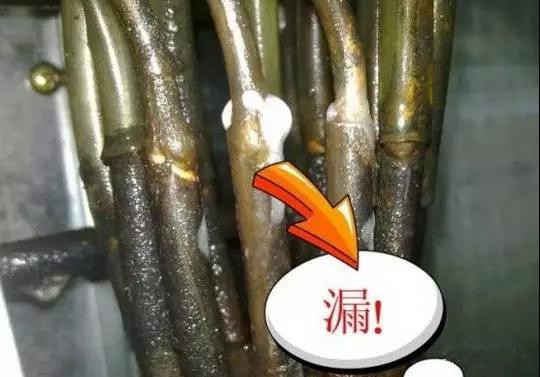
Leak detection: Connect the refrigerant tube, after the emptying, check the leak, use soap, washing powder, detergent, etc., evenly spread on the valve nut, no bubbles can be blown out, if the refrigerant leaks Also, the refrigerant will be insufficient, and the compressor will not be able to cool normally, causing the exhaust gas temperature to rise and the freezing oil to deteriorate.
4, the host production process control reasons
Compressor handling: When transporting the compressor assembly, horizontal movement, side loading, and violent landing are all irregular movements, and should be handled gently and vertically.
The compressor sealant plug should not be removed prematurely before welding, and other refrigerant system piping should also be effectively sealed. There are large manufacturers in the industry that it is necessary to seal the seals within 30 minutes after unplugging the sealing rubber plugs, especially in rainy weather. The reason is that the air contains a certain amount of water vapor, and the frozen oil has a certain water absorption. When it is in contact with the air for a long time, it is inevitable that water intrusion occurs, the oil is diluted, and the lubrication is lowered. The presence of moisture in the system will cause “ice blockage”, that is, the water will freeze at the throttle point below 0 °C, causing system blockage; the water will chemically react with the frozen oil to produce acid, resulting in “copper plating”, ie, acid and system copper tubes. When the reaction occurs, the dissolved copper ions will adhere to the surface of the steel to form a film, which is “copper plating phenomenon”. The copper plating will cause the compressor to block; or the plastic seal will “swell”, which will cause the system. Refrigerant leaks. The contact time between the inside of the compressor and the outside air should be minimized during production.
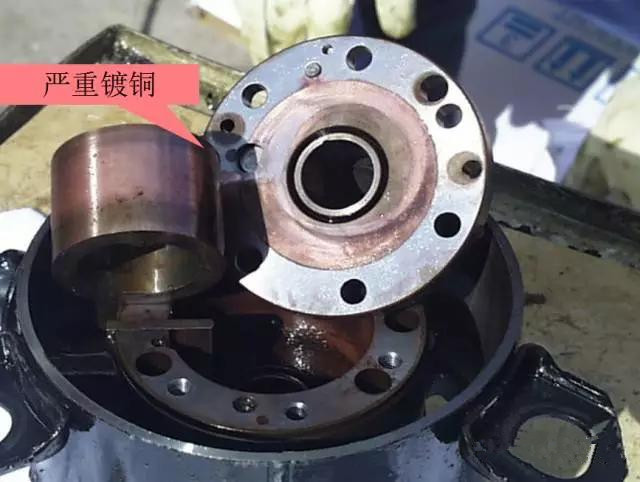
(Half-sealed compressor "copper plating")
Water vapor entering the pipeline during welding: When welding four-way valves and other components that require water cooling, water flow should be avoided to flush into the pipeline. If the structure is limited, the nozzle should be plugged with rubber plugs and then welded. After welding, use high pressure. Blow dry with nitrogen.
Unsatisfactory vacuum pumping: The recommended system vacuum is below 20P to ensure that the system water content is below the allowable value. Unqualified vacuum may cause air and moisture to remain. The consequences are also analyzed above. The reason for the failure of the vacuum is generally that the evacuation time is short, the system leaks, or it is not pumped from both sides of the high and low pressure.
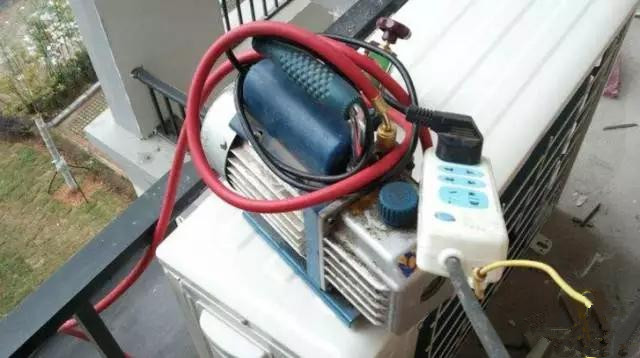
Cleanliness requirements of the workshop: The heat pump production is clean production. The floor and walls of the workshop, including the equipment and equipment, should be cleaned in time to avoid dirty and messy. The doors and windows of the workshop should be reasonably closed, and special ventilation vents should be provided to avoid people, dust and humid air. Enter the workshop. The workshop is unclean, and the consequences of dust entering the system are dirty plugging and reduced lubrication.
5, the heat pump system design is not reasonable
In the R&D experiment, the refrigerant is determined to be unreasonable. The experimental project is not complete, and the pressure and pressure at normal temperature are reasonable, but the pressure and temperature are abnormal at high and low temperatures. Therefore, in the research and development stage, it is necessary to verify the experimental effects such as high temperature (ambient temperature 43 ° C), nominal (ambient temperature 20 ° C), low temperature (ambient temperature -7 ° C), defrosting (ambient temperature 0 ° C).
Insufficient oil return: the system must be designed to consider returning oil. The return oil generally increases the flow rate by changing the direction or pressure, and carries the oil back to the compressor. By designing the oil return bend on the system pipeline, the oil return bend can flow in a certain direction. The refrigerant flow rate is increased, and the return oil is also ensured.

